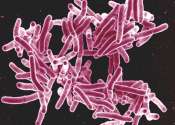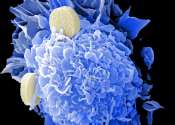Got a chronic disease and fear of needles? A prick-free natural alternative is on the horizon
A Charles Darwin University (CDU) researcher is a step closer to replacing the needle to deliver drugs in the treatment of many chronic diseases.
Apr 16, 2024
0
0









